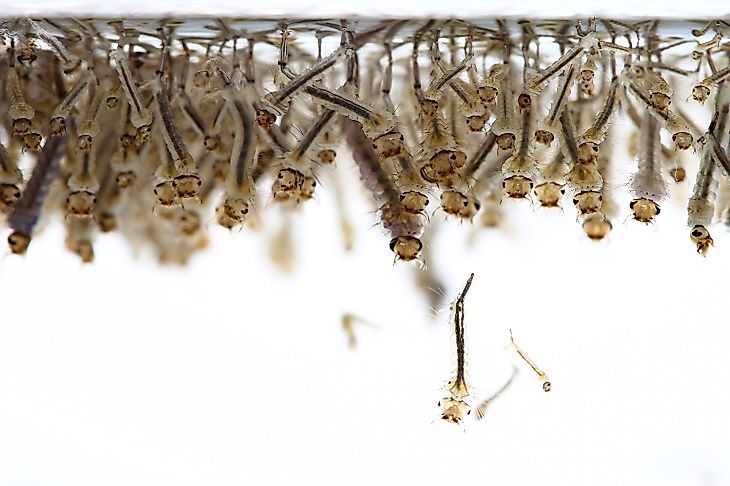Is Climate Change Making Us More Vulnerable To Infectious Diseases?

The Bite of Climate Change
The fact that the weather of a given and the incidence of infectious diseases in that same place are correlated and intertwined together is not a fact unknown to most people. Infectious diseases can be anthroponoses (those spread only from one human host to another) or zoonoses (wherein non-human species are the reservoirs of infectious agents, like Plague or Lyme disease). The former can be directly transmitted (tuberculosis, HIV, measles) or vector-borne (such as malaria, dengue, and Nile fever). Today, we know that warm weather with plenty of humidity and rainfall is an ideal situation for most infectious agents to survive and spread. This is also the reason why more people die in the tropics from infectious diseases than in the higher latitudes. Malaria, leishmaniasis, filariasis, African trypanosomiasis, and dengue are some of the infamous tropical diseases with negligible presences in the colder countries of the world. However, climate change threatens to soon change this scenario, and, as the world gets warmer, these and other infectious agents threaten to extend their deadly presence into many other parts of the world where they were formerly not seen.
Which Diseases are More Likely to Spread?
Infectious agents spread by mosquitoes are the best candidates to benefit from the ongoing global climatic changes. Mosquitoes are a harbor species for various types of infectious pathogens such as the malarial parasite, the West Nile virus, the Yellow Fever virus, the Zika virus, the Chikungunya virus, and filariasis worms. The greatest problem is that these notorious insects thrive in warm, moist conditions, and their incubation time is also shorter in warmer conditions. This means that the warming of the world and changing rainfall patterns might introduce mosquitoes into areas where they were previously absent. This would definitely lead to a rise in the infectious diseases spread by these mosquito vector. Besides mosquitoes, ticks, another class of infectious disease vectors, are seen commonly harboring dangerous pathogens like the Lyme disease bacteria, Borrelia sp., which also thrives in warm, wet climates, and might become more common in areas where they had little past presence.
The Current Scenario
The fact that climate change is facilitating the spread of infectious disease has advanced well beyond its theoretical limits. Several pieces of evidence in the contemporary global health scene appear to attest to this fact. In 1999, the West Nile virus, an African virus, killed seven individuals in the U.S. state of New York. While this might be ignored as a fluke of nature, more recently, in 2014, the mosquito-borne Chikungunya virus, which was first discovered in Tanganyika in Africa in 1952, exhibited evidence of local transmission into the U.S. state of Florida, as well in the U.S.-controlled Virgin Islands and Puerto Rico. Some scientists also believe that climate change is one of the factors responsible for the recent Ebola outbreaks. Dry spells followed by sudden, heavy, rainfalls lead to an abundance of fruit production in trees, encouraging bats and primates to feed on the same trees. This possibly leads to inter-specific exchanges of the Ebola virus (bats are regarded as the original reservoir of this virus). Climate change, leading to severe food shortages in Africa, further worsens situations when many Africans turn to bush meat hunting as an important source of food, and in turn contracts Ebola and other infectious zoonoses from their food. Researchers from the University of East Anglia in the United Kingdom have also claimed that climate change will lead to an increase in incidences of dengue in the Mediterranean regions of the world, especially in the Po Valley of Italy, where Milan is found.
What Can Be Done To Stop This Disaster
Thus, the current data presents a dismal view for the world in the coming years. Infectious diseases may come to grasp many countries presently at a safe distance from the hands of these lethal microbes due to their relatively colder climates. The only permanent solution to stop this spread of infectious disease would be to halt climate change. However, since this requires long term, concerted efforts by governments and the public all across the world, putting a check to climate change appears to be a daunting task. For short-term solutions, creation of awareness in regards to the looming threats among the general public, adopting of measures that check the proliferation of disease vectors like mosquitoes, and the development of medicines, vaccines, and cures for such diseases might be some of the most effective ways to combat the threat of infectious diseases influenced by climate change.











